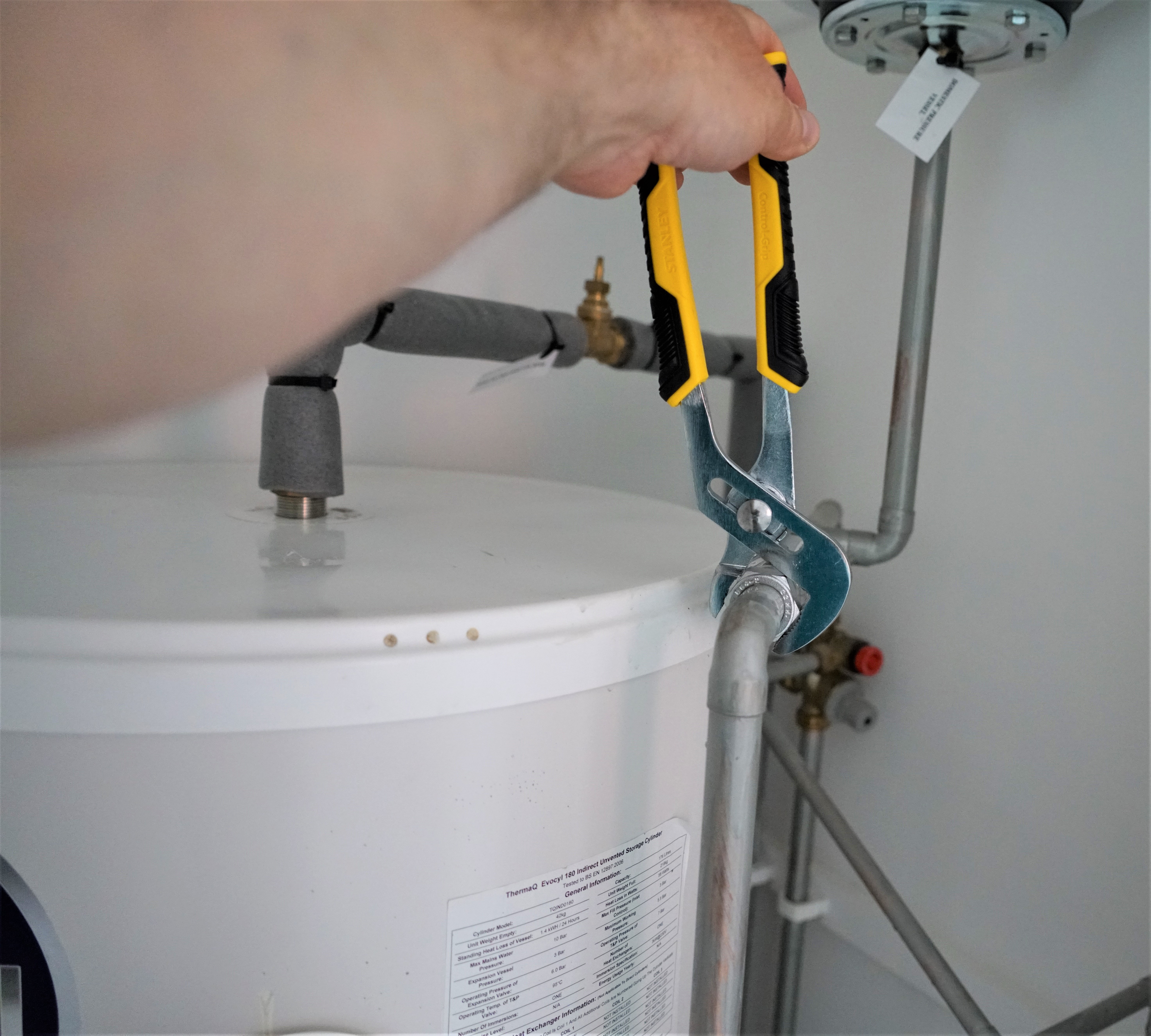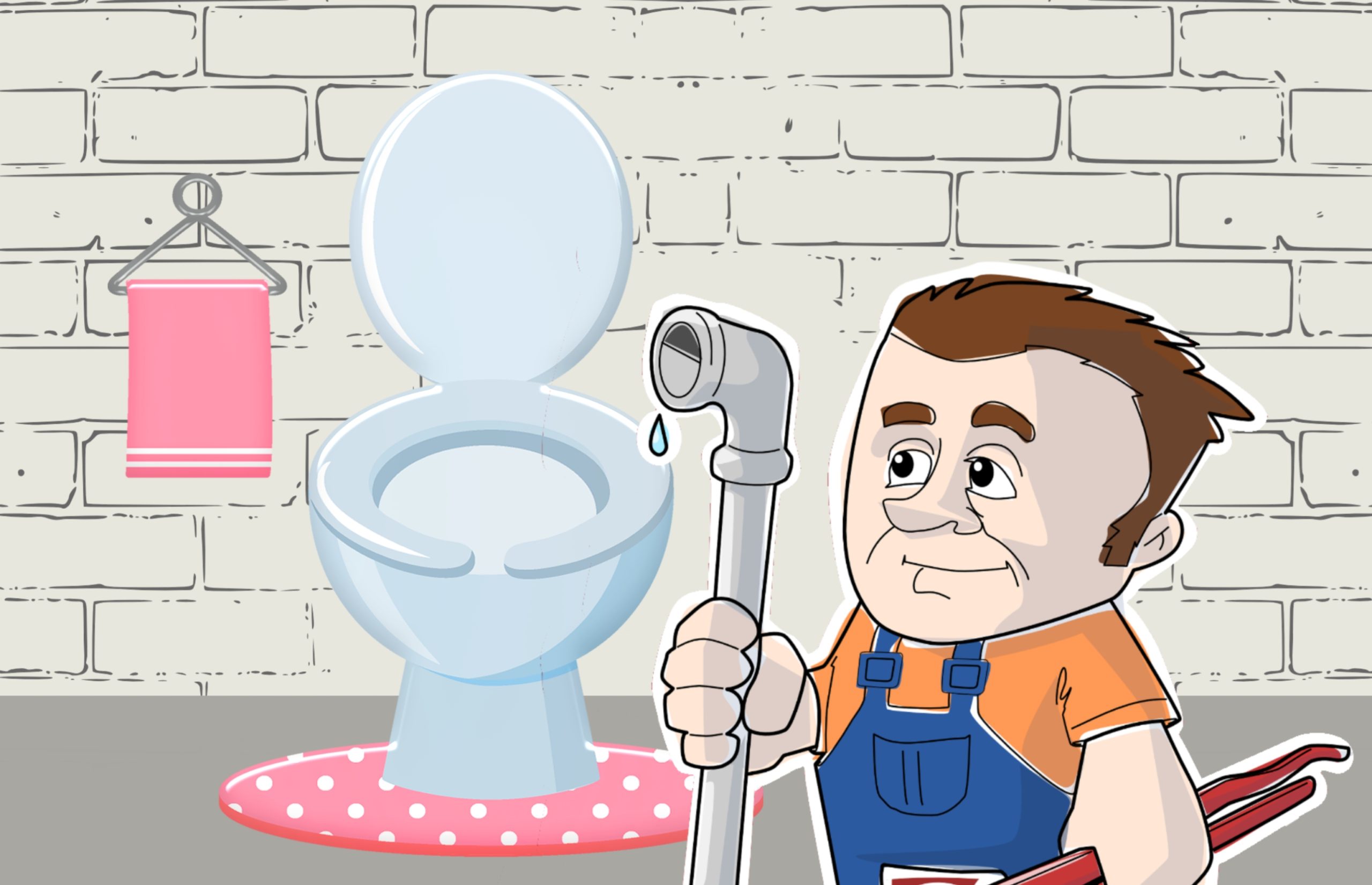Possible blog article:
Is It Safe and Practical to Install a Faucet at the Water Heater Isolation Valve Drain Hole?
If you’re a homeowner or a plumber who has worked on water heaters, you may have noticed a small hole near the shut-off valve that controls the water supply to the heater. This hole, also known as the isolation valve drain hole, serves as a passage for draining the tank or releasing pressure, typically during maintenance or repair work. However, some people have wondered if this hole could also be used for other purposes, such as attaching a faucet or a hose bib to the water heater. In this article, we’ll explore the pros and cons of installing a faucet at the water heater isolation valve drain hole and provide some tips on how to do it safely and effectively.
First of all, let’s address the question of whether it’s legally allowed or code-approved to install a faucet at the water heater isolation valve drain hole. According to the International Plumbing Code (IPC), which sets standards for plumbing installations in most states, every water heater must have a separate valve for shutting off the water supply and a separate valve or other device for draining the tank. Additionally, the IPC states that “the drain valve outlet shall not be directly connected to the drainage system” and “shall discharge by means of an indirect waste pipe.” This means that the water heater drain must be piped to a safe and visible location, such as a floor drain or outside the building, and cannot be used as a direct outlet for dispensing water.

Therefore, if you want to add a faucet or a hose bib to your water heater, you’ll need to make sure that it complies with these requirements and does not violate any local codes or ordinances. In most cases, you’ll need to install a tee fitting or a manifold between the isolation valve and the drain valve, with a shutoff valve for the added outlet, and connect this outlet to a proper drain or overflow pipe. You may also need to use materials and fittings that are rated for hot water or that have appropriate markings and approvals. If you’re not sure about the legality or safety of your proposed installation, you should consult a licensed plumber or a building inspector.
Assuming that you’ve confirmed that your faucet installation meets the plumbing code and safety standards, let’s consider some of the advantages and disadvantages of having a water dispenser at your water heater.

Pros:
1. Convenience: If your water heater is located in a garage or a basement, you may find it more convenient to access hot water for washing purposes or filling containers than to go to the kitchen or the bathroom.
2. Energy savings: By using the hot water from your water heater directly, you may save some energy compared to running a separate line from your kitchen or bathroom faucet, especially if the water must travel through long pipes or that lose heat along the way.
3. Emergency use: If you experience a temporary loss of water supply or a water heater failure, having a backup water source at your water heater can be a lifesaver, especially if you have a large family or frequent guests.
Cons:
1. Risk of scalding: Hot water from your water heater can be much hotter than the water from your sink or shower, potentially causing burns or injuries to young children, pets, or anyone who’s not familiar with the temperature. Therefore, you must label the faucet or the knob properly and use caution when dispensing the hot water.
2. Water quality concerns: Water from your water heater may contain sediments, debris, or dissolved minerals that can affect the taste, odor, or color of your water. Additionally, if your water heater has been sitting unused for a long time, there may be bacterial growth or other contaminants that can pose health risks. Therefore, you should flush your water heater regularly and filter your water if necessary.
3. Maintenance issues: Adding a faucet to your water heater may increase the complexity and the maintenance requirements of your plumbing system. The faucet may develop leaks, corrosion, or other issues that require repairs or replacements. Additionally, if the faucet is not used often, it may develop a buildup of minerals or sediments that clog the aerator or the screen.
Now that we’ve weighed the pros and cons of installing a faucet at the water heater isolation valve drain hole, let’s summarize some tips on how to do it safely and effectively:
– Confirm that your installation complies with the plumbing code and safety standards.
– Use proper materials and fittings that are rated for hot water and approved by recognized authorities.
– Label the faucet or the knob clearly and use caution when dispensing the hot water.
– Flush your water heater regularly and filter your water if necessary to ensure good water quality.
– Check the faucet for leaks, corrosion, or mineral buildup periodically and repair or replace it as needed.
In conclusion, while installing a faucet or a hose bib at the water heater isolation valve drain hole may seem like a convenient and practical idea, it requires careful consideration of the legal, safety, and practical issues involved. If you decide to go ahead with the installation, make sure that you follow the plumbing code and the safety standards, label the faucet properly, and maintain it regularly. If you’re not sure about the feasibility or the safety of your plan, consult a licensed plumber or a building inspector.






